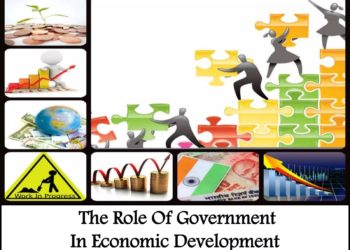Efficient record and document management is essential for real estate developers working in today’s fast-paced and heavily regulated market. With the constant influx of blueprints, contracts, permits, invoices, and financial records, developers must not only stay organized but also ensure compliance, minimize risks, and enable informed decision-making. Managing these documents effectively supports legal compliance, financial clarity, risk management, and operational efficiency throughout every stage of a project.
Real estate projects involve multiple phases, from initial feasibility studies and design to construction and project handover. At every step, accurate documentation plays a critical role in protecting developers during disputes, audits, or regulatory reviews. Detailed records also support accurate budgeting and cost tracking, which is crucial for timely decisions and preventing cost overruns. Organized documentation further helps identify discrepancies early, reducing the risk of project delays and unexpected expenses, while also allowing for quick retrieval of important documents when they are needed most.
One of the first steps in creating an efficient records management system is establishing a comprehensive retention policy. This policy should define clear retention schedules by categorizing documents such as contracts, permits, and financial records according to the specific legal and regulatory requirements of each jurisdiction. In many cases, experts suggest retaining tax-related documents for at least seven years. A sound policy also outlines the procedures for secure disposal of documents that are no longer required, ensuring that records are destroyed safely and in compliance with established guidelines.
In today’s digital era, adopting a digital document management system offers numerous advantages. A centralized, cloud-based repository provides real-time access to files and supports collaboration among project teams, regardless of their physical location. Automation tools that index, tag, and back up documents help reduce human error and improve the speed of retrieval while ensuring that sensitive information is protected through encryption and role-based access controls. Despite these digital benefits, physical records may still be necessary for certain legal or backup purposes, and it is important to use secure storage solutions such as fireproof cabinets or safe deposit boxes for hard copies. Regularly scanning and archiving paper documents can help reduce reliance on physical storage and facilitate remote access.
Another key element of effective document management is developing a robust classification and filing system. Documents should be organized in a systematic manner by grouping them according to project phase, document type, or regulatory requirement. This logical organization, enhanced by the use of metadata such as dates and project names, ensures that files can be easily retrieved when needed. Integrating the document management system with other software—such as accounting tools and project management platforms—creates a unified view of operations, allowing for seamless updates of financial records and project milestones.
Training is also a critical component in the success of any records management system. Regular training sessions ensure that employees are familiar with the policies and tools, and periodic audits help identify any vulnerabilities or gaps in the system. Through continuous monitoring and improvement, organizations can maintain a defensible document management process that adapts to changing regulatory requirements and business needs.
Ultimately, efficient records management transforms what was once a logistical burden into a strategic advantage. By establishing clear retention policies, leveraging both digital and physical storage solutions, organizing documents systematically, and integrating automated systems, real estate developers can safeguard their projects against legal and operational risks. This proactive approach not only enhances compliance and financial management but also contributes significantly to overall project success.

















